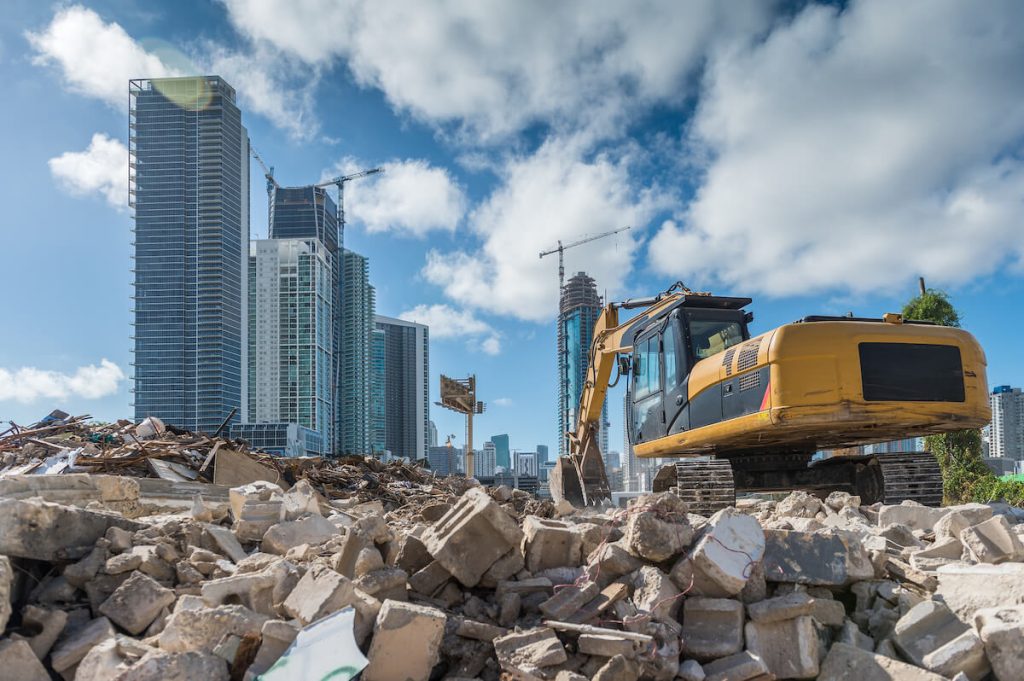The term commercial demolition project means a lot more than just tearing down buildings used for commercial purposes. There are different types classified according to the business and commercial demolition job’s nature. Moreover, commercial demolition projects vary depending on the size, location, and purpose of the building being demolished. In this article, we have discussed some of the many different types of commercial projects.
High-rise demolition
High-rise demolition is the process of safely and efficiently tearing down tall buildings. It requires meticulous planning and coordination with nearby structures to minimize potential impact. The demolition crew evaluates the commercial building to identify any potential hazards or weaknesses and develops a demolition plan that prioritizes worker safety and public safety. The process may require the use of heavy machinery and explosives, which demands specialized equipment and expertise to ensure a successful and safe demolition.
Industrial demolition
Industrial demolition is the process of wrecking large factories, warehouses, and other industrial buildings, which often contain hazardous materials such as asbestos and lead. As a result, the demolition process requires specialized handling and removal of these materials to ensure worker and public safety. Careful planning is essential to prevent any disruption to nearby businesses or communities. The process also demands the use of heavy machinery, specialized equipment, and trained personnel to efficiently dismantle these large and complex structures. Ultimately, the goal of industrial demolition is to safely and efficiently remove the building while minimizing any potential impact on the surrounding area.
Interior demolition
Interior demolition involves the selective demolition of a building’s interior while leaving the exterior structure intact. This type of demolition is often used when a building is being renovated or repurposed. Interior demolition requires careful planning and coordination to ensure that only the necessary interior components are removed while preserving the integrity of the building’s structure. This type of demolition often involves the removal of drywall, flooring, and fixtures, as well as the disconnection of utilities and services.
Retail demolition
Retail demolition is the removal of stores, shopping centers, and retail buildings for new developments. It demands careful planning to prevent disruption of nearby businesses and ensure safety. The crew assesses the structure, identifies potential hazards, and develops a safety-focused demolition plan that considers workers, structures, and the public. The use of heavy machinery and specialized equipment may be necessary to demolish these complex structures safely and efficiently.
Institutional demolition
Institutional demolition includes hospitals, schools, and government buildings, which often have hazardous materials requiring specialized handling and removal. The process demands careful planning to prevent disruption of nearby institutions and ensure safety. The process requires heavy machinery, specialized equipment, and trained personnel to safely and efficiently dismantle these large and complex structures.
Conclusion
Commercial demolition projects can vary in size and complexity. Whether it’s high-rise demolition, industrial demolition, interior demolition, retail demolition, or institutional demolition, hiring reputed commercial demolition contractors like Deft Demo is essential to ensure the process is carried out safely.
We are an experienced demolition company in Sydney, recognized for our robust and comprehensive services. Make your demolition process seamless with us. Contact Deft Demo for further inquiries and a free quote.

